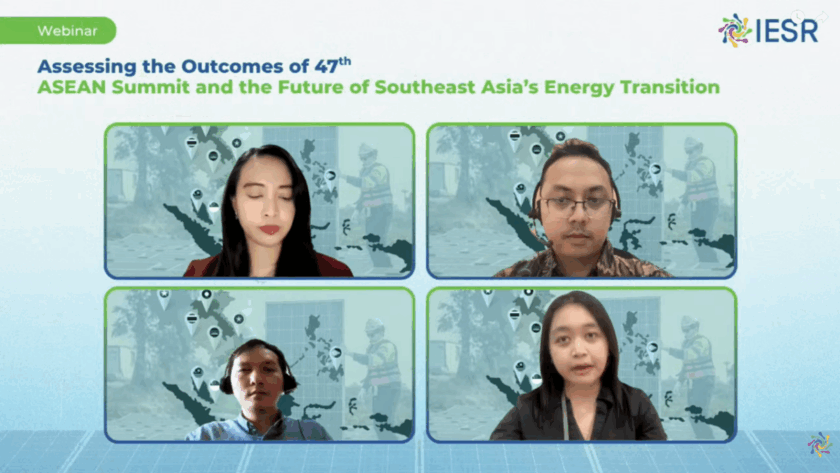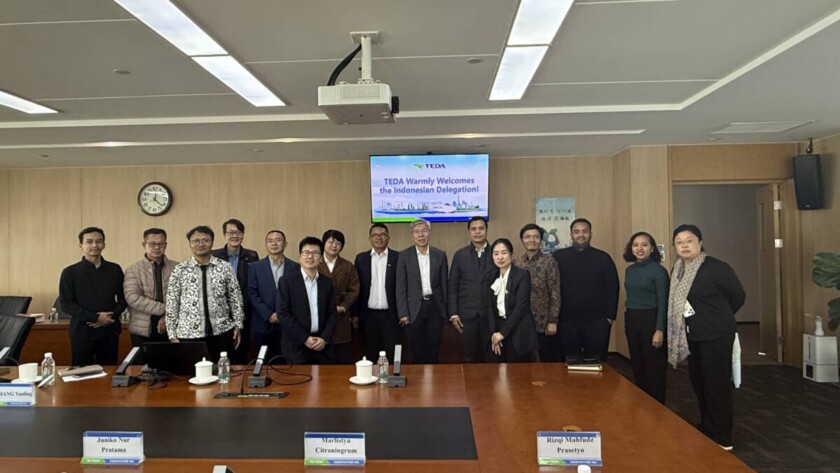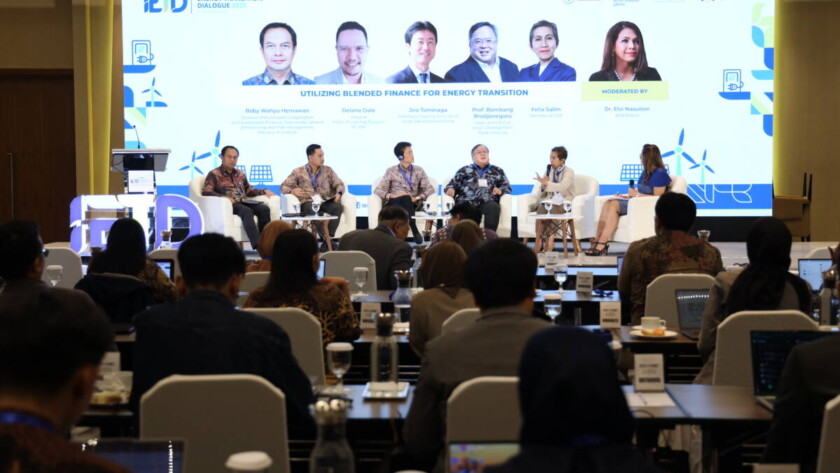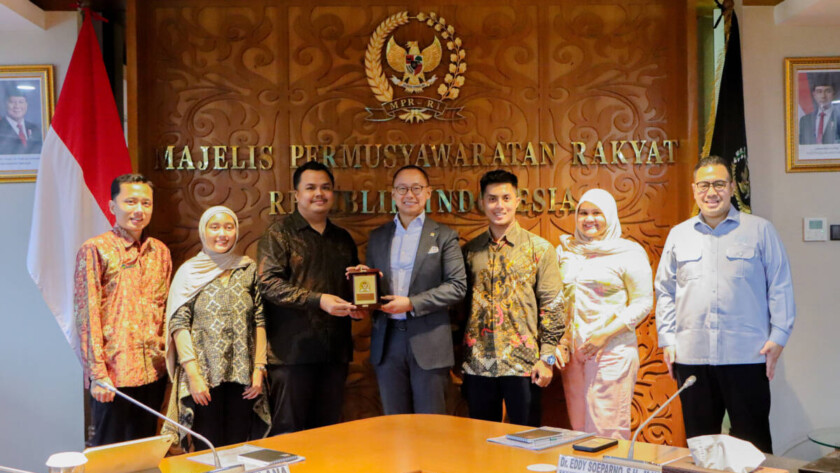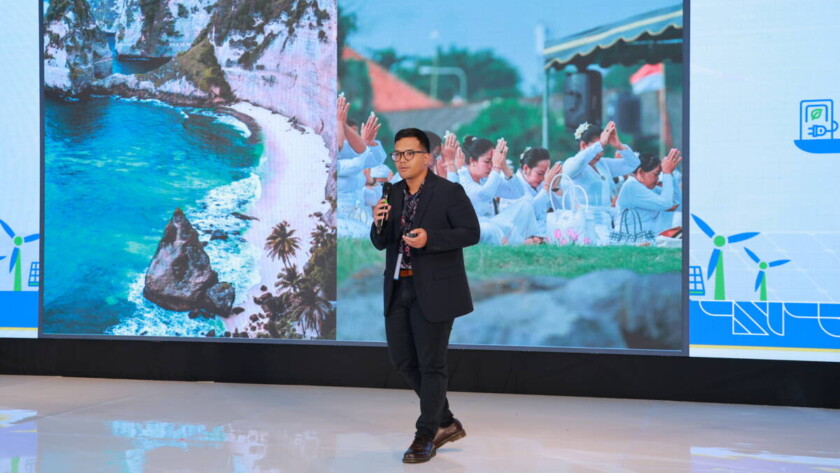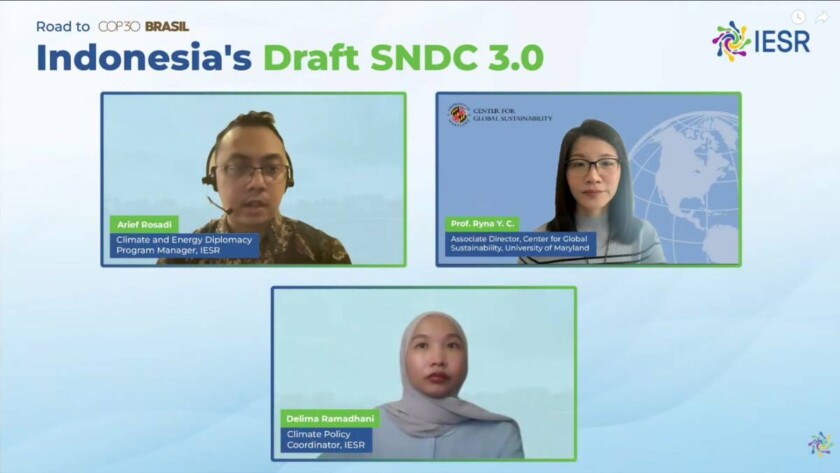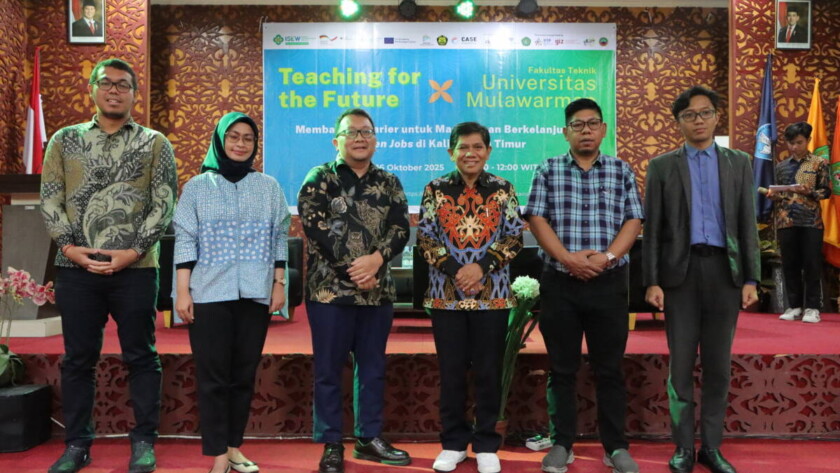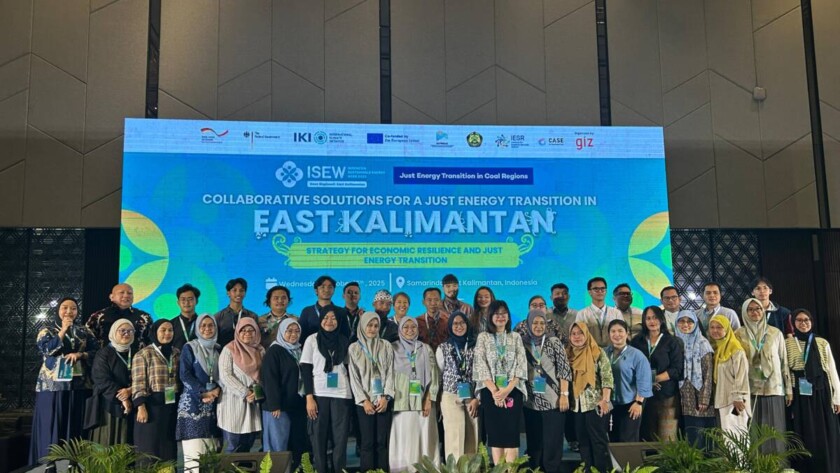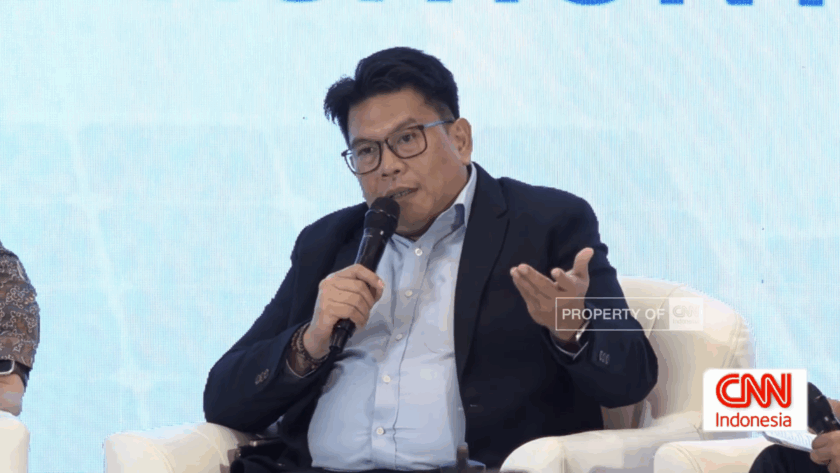Jakarta, November 6, 2025 – The UN Emission Gap Report 2025 states that, with current climate commitments from all countries worldwide, global warming is still on track to lead to a temperature rise of 2.2–2.5 degrees by 2100. Southeast Asia, as one of the fastest-growing economic regions, is also the region most impacted by the…
